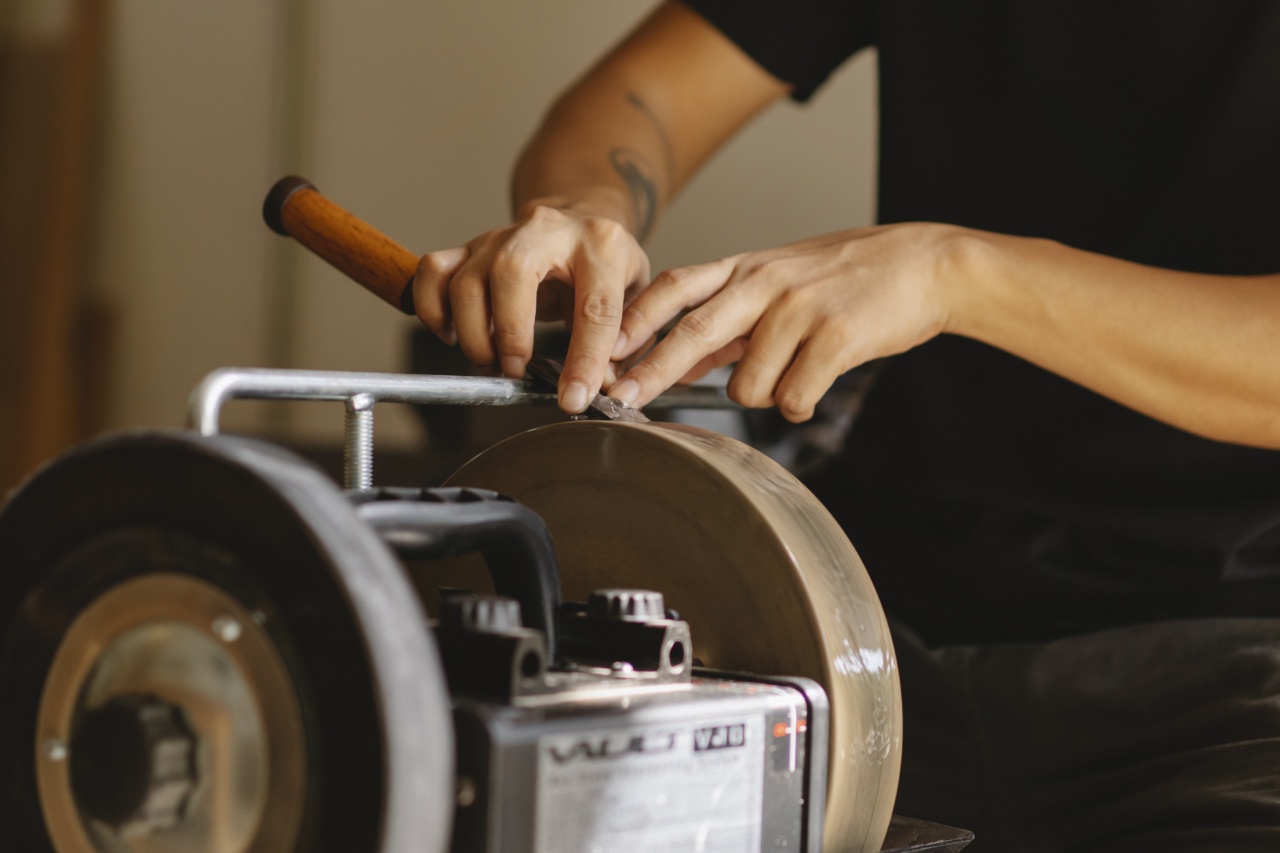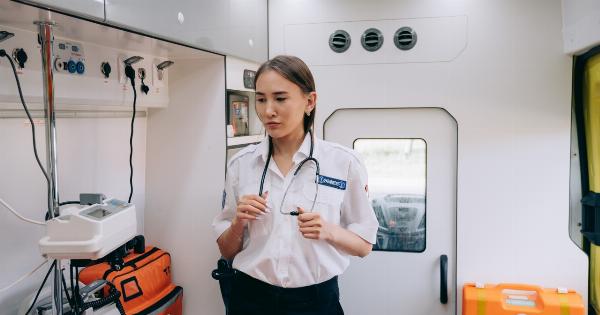Tattoos are a popular form of body art that allows individuals to express themselves, commemorate a person or event, or simply enhance their appearance.
However, like any other procedure, getting a tattoo comes with its own set of risks and potential problems. Whether you’re a tattoo enthusiast or considering getting your first ink, it’s crucial to be aware of the common tattoo problems that may arise and know how to effectively handle them.
Allergic Reactions
One of the most common tattoo problems is an allergic reaction to the tattoo ink. Symptoms of an allergic reaction may include itching, redness, swelling, and even hives.
If you suspect an allergic reaction to your tattoo, it’s important to seek medical attention immediately. A dermatologist can determine the cause of the reaction and prescribe appropriate treatment, such as topical corticosteroids or antihistamines.
Infection
Another issue that can arise after getting a tattoo is infection. Improperly sterilized equipment or poor hygiene practices during and after the tattooing process can lead to bacterial or fungal infections.
Signs of an infection include excessive redness, swelling, pain, pus, and fever. If you suspect an infection, it’s crucial to visit a healthcare professional for evaluation. They may prescribe antibiotics or other appropriate treatments to clear the infection.
Scarring
In some cases, tattoos can result in scarring, particularly if the skin’s healing process is disrupted or if the tattoo artist works too aggressively.
Scarring can greatly alter the appearance of the tattoo and may require additional treatments, such as scar revision surgery or laser therapy. It’s important to choose a reputable and experienced tattoo artist who follows proper techniques to minimize the risk of scarring.
Blowouts
A blowout occurs when the tattoo ink spreads beyond the intended area, resulting in a blurry or smudged appearance.
Blowouts are more common in delicate or thin-skinned areas and can be caused by various factors, including the tattoo artist’s technique, the quality of the tattoo ink, or excessive depth during the tattooing process. Unfortunately, there is no guaranteed solution for blowouts. In some cases, touch-ups or cover-ups may be necessary to improve the appearance of the tattoo.
Fading
Over time, tattoos naturally fade due to various factors such as sun exposure, aging, or the body’s natural regeneration process.
While some fading is inevitable, it can be minimized by protecting the tattoo from excessive sun exposure, regularly moisturizing the skin, and avoiding harsh chemicals or abrasive skin products. If the fading becomes significant or bothersome, visiting a professional tattoo artist for a touch-up session can help restore the vibrancy of the tattoo.
Allergic Reactions to Aftercare Products
Proper aftercare is crucial to ensure the healing and longevity of your tattoo. However, some individuals may develop allergic reactions or sensitivity to certain aftercare products, such as ointments, lotions, or soaps.
If you notice any unusual itching, redness, or discomfort after applying an aftercare product, discontinue its use and consult with a healthcare professional for alternative recommendations.
Keloids
Keloids are raised, thickened areas of scar tissue that can develop around a tattoo. They are more common in individuals with a history of keloid formation or those with darker skin tones.
While keloids are not harmful, they can be itchy, tender, or visually unappealing. Treatment options for keloids may include corticosteroid injections, cryotherapy, silicone sheets, or laser therapy. Consulting with a dermatologist or plastic surgeon can help determine the best course of action for keloid management.
Unsatisfactory Tattoo Outcome
Occasionally, individuals may be dissatisfied with the outcome of their tattoo due to reasons such as poor design placement, incorrect colors, or lack of skill on the part of the tattoo artist.
If you find yourself in this situation, it’s essential to communicate your concerns with the tattoo artist. They might offer options for modifications, touch-ups, or potentially recommend visiting a different artist for a cover-up or revision. Research and choose a reputable and skilled artist to minimize the likelihood of an unsatisfactory outcome.
Ink Allergies and Sensitivities
Some individuals may develop allergies or sensitivities to certain tattoo inks, particularly those that contain specific pigments or metals. Allergic reactions to tattoo ink may manifest as intense itching, redness, or even blistering.
If you suspect an ink allergy, consult with a dermatologist who can perform patch testing to identify the specific allergen. In some cases, tattoo removal may be necessary to alleviate the symptoms and prevent further complications.
Unsanitary Tattoo Parlors
Visiting an unsanitary tattoo parlor can significantly increase the risk of complications and infections. It’s crucial to thoroughly research and select a reputable tattoo parlor that follows strict sanitation practices.
Ensure that the tattoo artist uses single-use, sterilized needles, wears disposable gloves, and maintains a clean and hygienic working environment. Taking the time to choose a reputable establishment can greatly minimize the chances of encountering common tattoo problems.
Conclusion
While tattoos can be an incredible form of self-expression and art, it’s important to be aware of the potential problems that can arise.
By understanding common tattoo problems such as allergic reactions, infections, scarring, blowouts, fading, and unsatisfactory outcomes, individuals can take the necessary precautions to prevent or handle these issues effectively. Remember to choose a skilled tattoo artist, practice proper aftercare, and prioritize your health and safety throughout the tattooing process. With proper care and attention, a tattoo can be a beautiful and lasting form of body art.






























